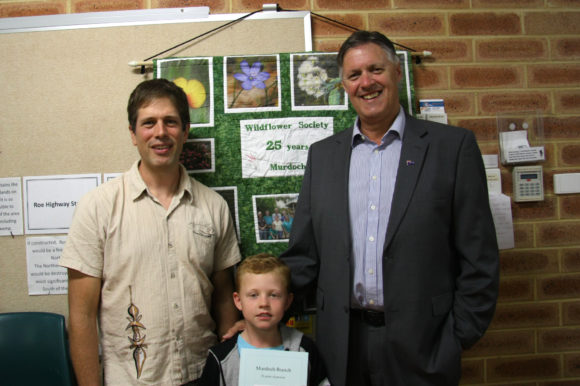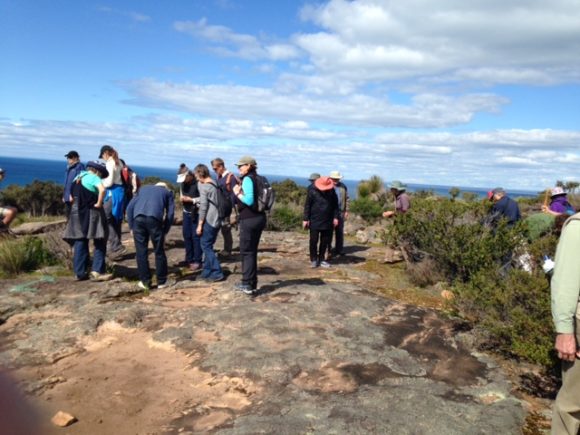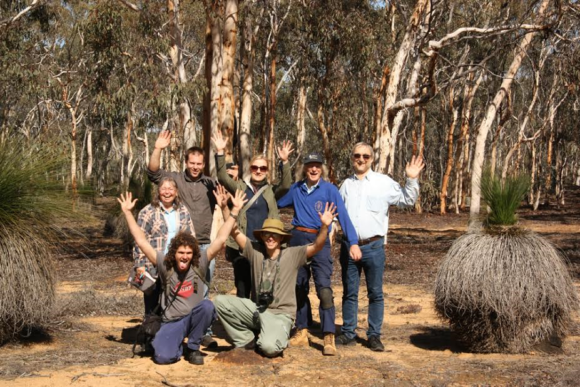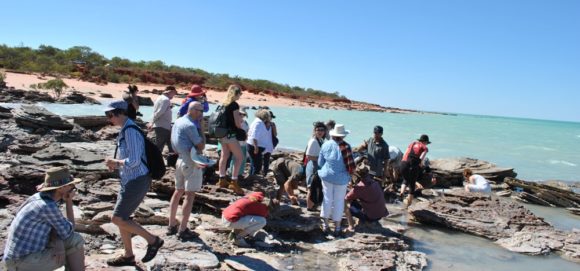The Wildflower Society of WA newsletter (August 2016, Vol 54 No 4) has now been published electronically. Members who have elected to receive electronic copies of the newsletter have been notified. The printed newsletter should be posted to those who have requested a hard copy (no green discount) mid to late November, as the printing of Australian Plants has been unexpectedly delayed and all the posted items are sent at the same time.
This issue features photographs of Wongan Hills plants and habitats, with the cover photograph a stunning display of white Rhodanthe manglesii amongst melaleucas and samphires at Lake Hind. Photo by Bronwen Keighery.
You may view the newsletter online by going to the ‘Members’ tab at the top of the page, then ‘Newsletters’ at the side of the page.




